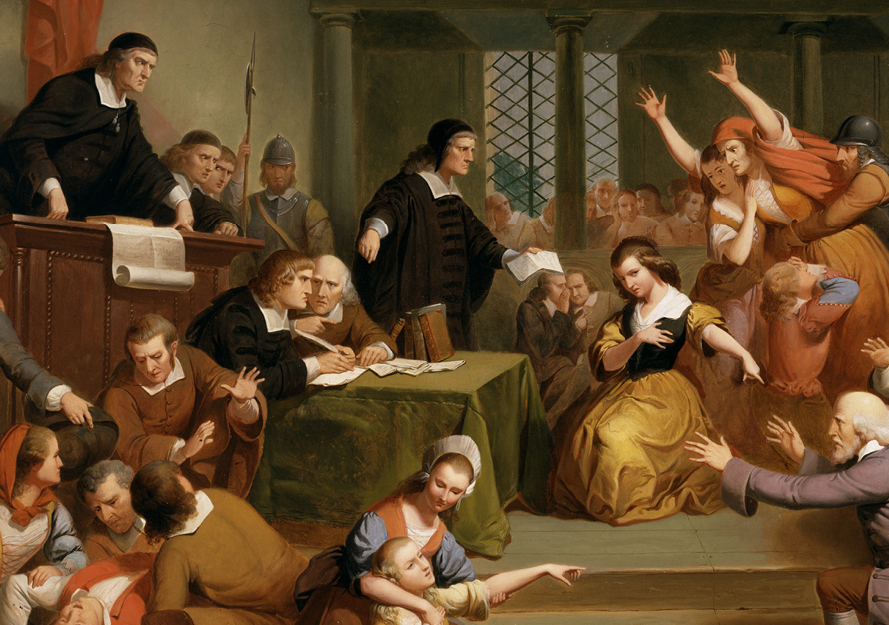This fall, the Peabody Essex Museum (PEM) presents two exhibitions brimming with the stories, people, and objects that can only be found in Salem, Massachusetts.
Beginning September 26, selections from the world’s largest collection of authentic Salem witch trial materials go on view for the first time in nearly three decades. The Salem Witch Trials 1692 presents rarely exhibited documents and objects from the museum’s collection to reveal tragic, true stories told through the perspective of the accused and the accusers.
Opening the same day, Salem Stories presents 26 vignettes about what makes the city so singular and world renowned. Featuring more than 100 works from natural history specimens to cultural ephemera, this exhibition celebrates Salem’s rich and storied past and prompts visitors to help sculpt its future.
Concurrent with the opening of these two exhibitions, PEM will release the Peabody Essex Museum Guide (2020), the first such publication since 1946 to offer insight into the vast collection of the nation’s oldest continuously operating museum.
Salem Witch Trials
The Salem witch trials threatened the very core of the early Massachusetts Bay Colony. The extraordinary crisis involved more than 400 people and led to the deaths of 25 innocents—men, women and children—between June 1692 and March 1693. The panic grew from a society threatened by nearby war and a malfunctioning judicial system in a setting rife with religious conflict and blatant intolerance.
“My hope is that visitors will encounter these original witch trial documents and objects and recognize that there were real people that are at the heart of this historical drama,” says Dan Lipcan, head librarian at PEM’s Phillips Library. “The victims of the Salemwitch trials had complex emotions, fears and doubts just like we do. To empathize and understand their experience emboldens us to speak out against injustice and cruelty in our own time.”
Included in the exhibition is the death warrant for the execution of Bridget Bishop, the first of 19 people to be hanged, as well as petitions from the accused, invoices from the jail keeper, direct testimony from accusers and the physical examinations of the accused. These light-sensitive materials can only be displayed intermittently for their care.
The Salem witch trials have cast a long shadow. It wasn’t until 1703 that Massachusetts issued its first pardons for victims of the witch trials and the process was only completed in 2001. Shame over the atrocity became so ingrained that it took 300 years before a memorial to the victims was constructed in Salem. Today, Salem is a city that has learned from past traumas and strives to be a place of tolerance and peace.
Salem’s Other Stories
Salem is a city with many stories of local, national and international significance. Alexander Graham Bell completed the first successful long-distance telephone call from Salem in 1877. Parker Brothers produced Monopoly here. And in 2013, President Obama signed legislation recognizing the city as the birthplace of the United States National Guard.
Using selections from PEM’s collection, Salem Stories features more than 100 works, including paintings, sculpture, textiles, decorative arts, photographs, natural history specimens, manuscripts, posters, books, eyewitness accounts, and even a murder weapon. The A–Z structure of the exhibition creates an accessible and entertaining way to engage with Salem’s history, from past to present day.
Salem Stories starts with “A is for Always Indigenous” to acknowledge the Native communities who have lived for millennia on the land where the museum now sits. It ends with “Z is for Zoology” and coincides with the return to the galleries of a leatherback turtle specimen captured in 1885, a favorite of longtime visitors.
For more information, visit pem.org.

